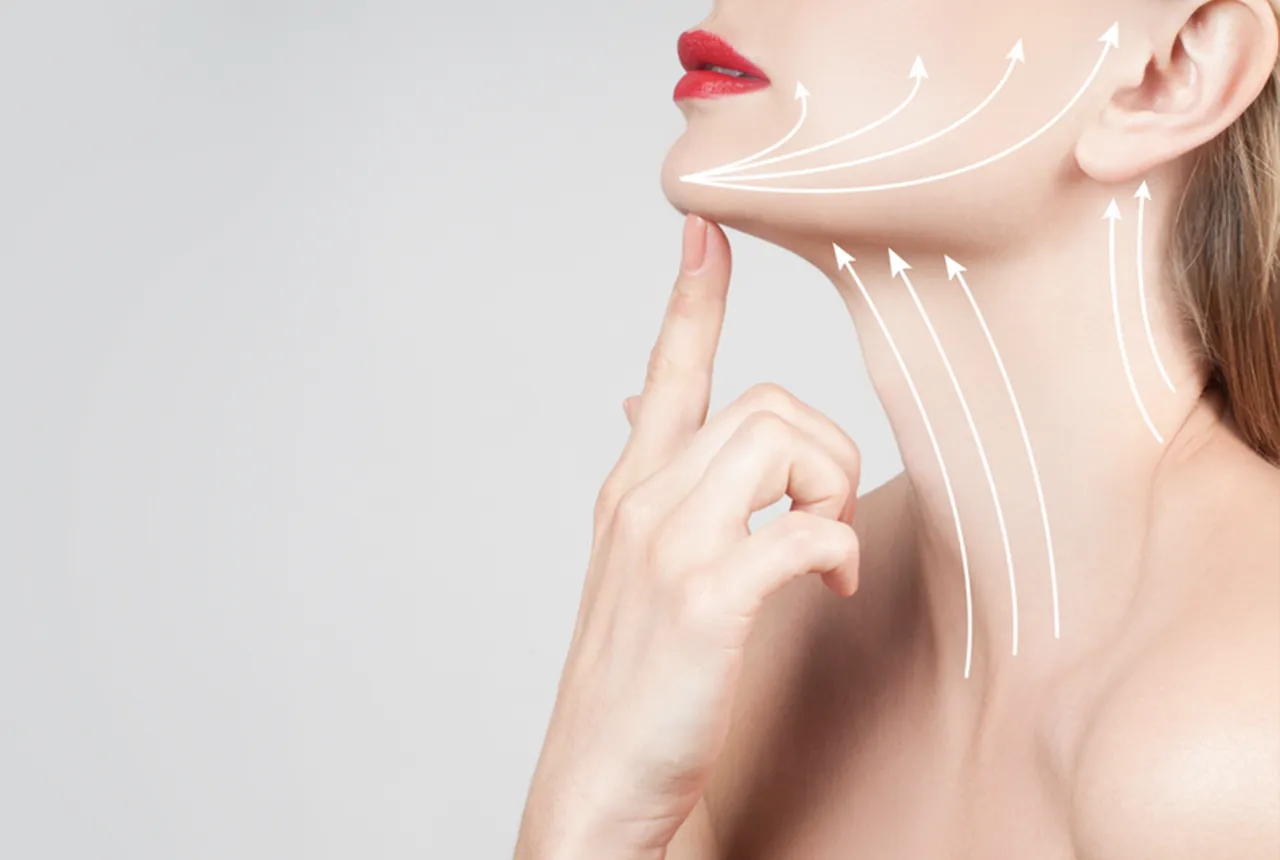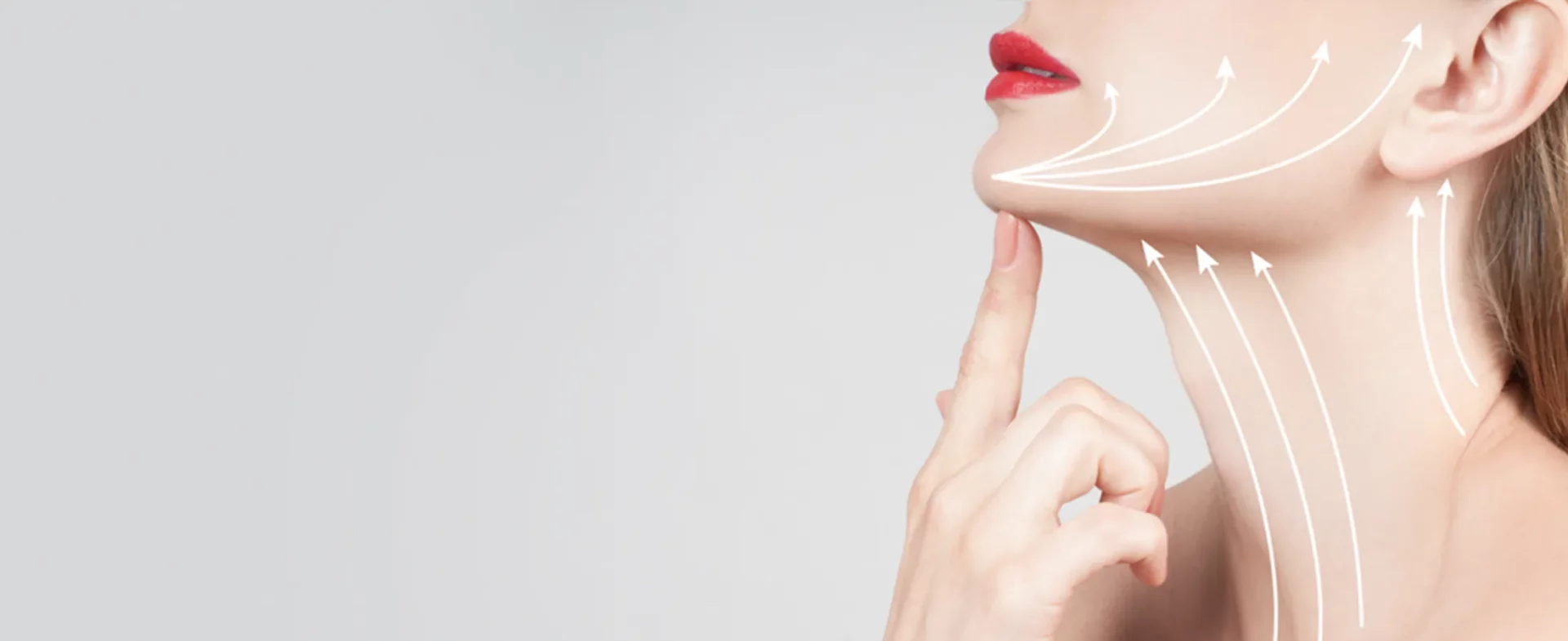Loose skin around the chin and a less defined neckline are common challenges many people face. These issues can arise from natural aging, genetic factors, occupations that encourage poor posture, or significant weight fluctuations. While non-surgical options play a vital role in maintaining skin quality and texture, they may not be sufficient for completely addressing loose skin and under-chin bulging. In such cases, surgical correction often becomes necessary.
Ideal candidates for a neck lift are typically healthy, non-smokers who are open to trading excess neck skin and diminished definition for a scar around the ears. Often, those who need a neck lift also benefit from a facelift, which can be performed using the same incisions. In some instances, neck liposuction or deep neck tissue reduction might be more appropriate. A thorough assessment is crucial to determine the best surgical approach for each individual.
Our Preferences:
When we evaluate a patient for a neck lift, there are several factors to consider including: skin quality, platysma anatomy, volume of fat tissue in the superficial and deep planes, presence of enlarged or ptotic salivary glands adding to the neck fullness and overall chin projection.
A neck lift is done through a similar incision as a face lift unless we determine that liposuction or a deep plane debulking is more appropriate. In a true neck lift, the deeper tissues are contoured and lifted, the skin is redraped and the excess skin removed surgically. The incision is then meticulously closed with fine sutures.

Results
A smoother, firmer neck and a more defined jawline, reduction in the appearance of "turkey neck".



